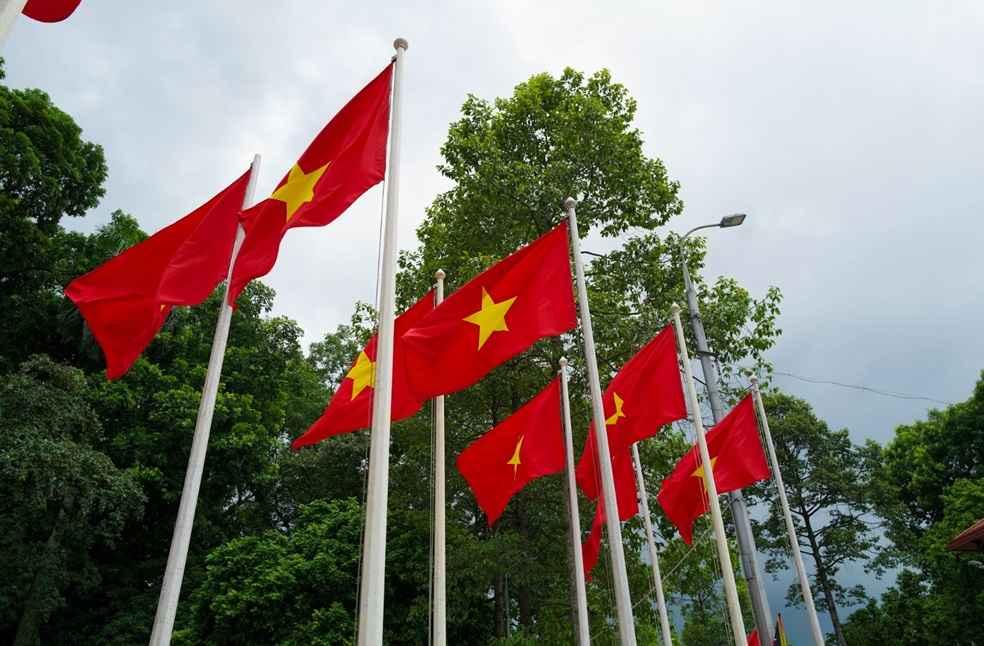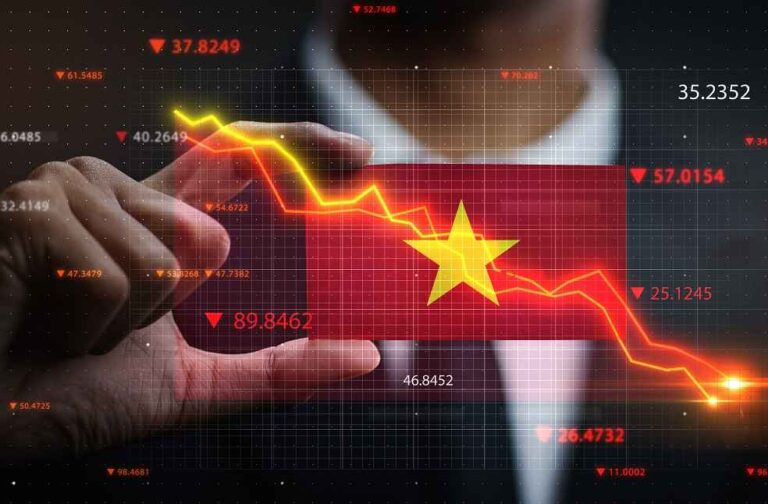Vietnam and China, two neighbouring nations with longstanding historical and cultural ties, are marking the 75th anniversary of diplomatic relations in 2025. The occasion highlights a period of deepening political trust and rapid expansion in trade and economic collaboration.
Over recent years, bilateral trade between the two countries has witnessed significant growth. Vietnam has solidified its position as China’s top trading partner within ASEAN and, by 2024, will have emerged as China’s fourth-largest trading partner globally. At the same time, China remains Vietnam’s largest trading partner, the top source of imports, and the second-largest export market.
Vietnam’s exports to China primarily include agricultural products, seafood, textiles, rubber, crude oil, and electronic components. In return, it imports machinery, industrial equipment, raw materials, consumer goods, and electronics. Notably, the trade structure is evolving, with Vietnam shifting from raw and semi-processed goods toward processed and industrial products, indicating increased technological advancement and value addition in its exports.

Chinese investment in Vietnam has also surged. In 2024 alone, China invested $4.7 billion, ranking third among all foreign investors. By the end of 2024, Chinese enterprises had registered 5,111 projects in Vietnam, with a total capital exceeding $30.8 billion, placing China sixth among 149 investing countries and regions.
These investments are making a transformative impact on Vietnam’s economy, contributing capital, job creation, skills development, and progress toward industrialisation and modernisation. Chinese investment has notably expanded into high-tech sectors such as electronics, industrial components, and automobiles, helping Vietnam gain access to advanced technologies and become more integrated into global value chains.
Northern Vietnam remains the most attractive region for Chinese investors, given its geographic proximity to China and robust transportation and port infrastructure—a trend expected to continue.
With China’s position as the world’s second-largest economy and Vietnam’s dynamic labor force and rapid development, both countries find strong synergy in their economic ties. Economic cooperation has become a crucial pillar of their relationship, bringing tangible benefits to both nations.

The two countries are also key participants in the Regional Comprehensive Economic Partnership (RCEP), which came into effect in 2022 and has boosted trade flows. In parallel, version 3.0 of the ASEAN- China Free Trade Area is nearing completion and is expected to expand cooperation into the digital and green economies, where Vietnam is seen as a rising partner.
Vietnam continues to attract Chinese interest in high-potential sectors such as technology, electronics, renewable energy, and electric vehicles. These areas offer room for shared growth, leveraging China’s strengths in innovation and Vietnam’s investment environment.
As part of the anniversary and the Vietnam-China Humanitarian Exchange Year, both sides are promoting wider cooperation in tourism, education, science and technology, and communications. These efforts aim to build on past successes and deepen mutual understanding.
TRADE WORLD | Trump Exempts Smartphones and Computers from Latest Tariffs



